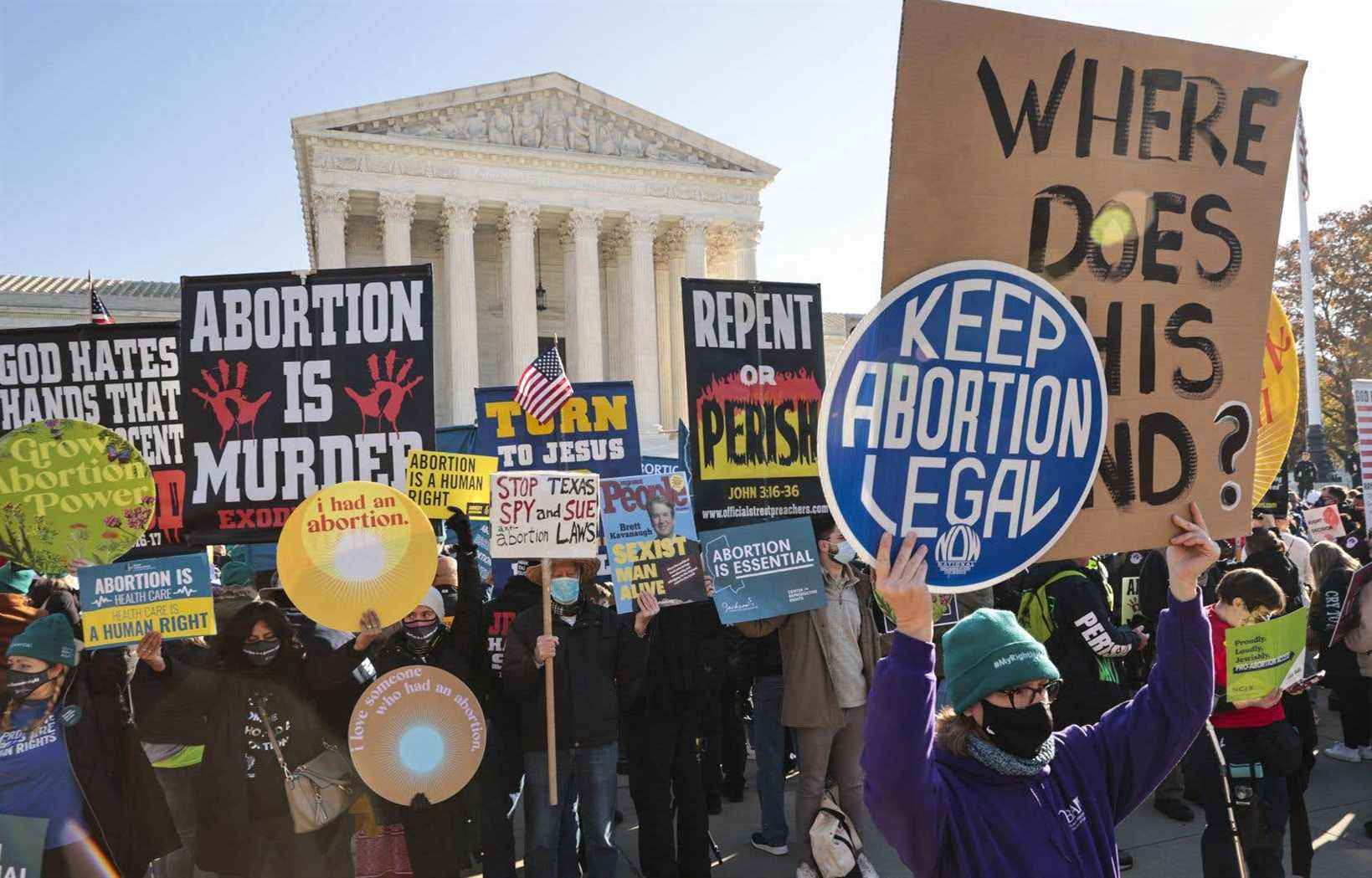The US Supreme Court, firmly entrenched in conservatism, on Friday allowed federal courts to intervene against a highly restrictive Texas anti-abortion law, without going so far as to suspend it.
This half-hearted decision was greeted by abortion opponents who were pleased that the law remains in force. The defenders of the right of women to terminate their pregnancy have, for their part, displayed their confidence to ultimately obtain its blockage.
Texas, a large conservative state, has banned its residents from abortion since September 1 once the embryo’s heartbeat is noticeable, i.e. after about six weeks of pregnancy, even in cases of incest or rape.
Federal courts have in the past struck down a dozen comparable laws because they violated Supreme Court jurisprudence. The highest court in the country recognized in 1973, and reaffirmed in 1992, the right of American women to have an abortion as long as the fetus is not viable, that is to say around 22 to 24 weeks of pregnancy.
But Texas has devised an exceptional device that has so far complicated the intervention of the federal justice: its law entrusts citizens “exclusively” with the task of enforcing this prohibition, by encouraging them to take civil action against people and organizations who help women to rape him.
Seized urgently at the time of the entry into force of the text, the Supreme Court, which has six conservative magistrates out of nine, had taken refuge behind these “new questions of procedure” to refuse to intervene.
His inaction, seen as a sign of the influence of the three judges appointed by Donald Trump, had been sharply criticized from the left, Democratic President Joe Biden lambasting a decision that “insults the rule of law”.
A “madness” that lasts
The legal battle then intensified, forcing the Court to fully seize the case. During a hearing on November 1, a majority of its judges had displayed their skepticism about the mechanism of the law.
Finally, “eight members of the Court agree that” the principle, which protects the sovereignty of the 50 states, “does not prevent prosecutions in federal courts,” according to their ruling, which identifies a handful of those responsible. officials who may be the target of legal action.
Only the conservative judge Clarence Thomas did not associate himself with this judgment which deals only with technical questions and does not at any time mention the right to abortion.
In a separate text, the head of the Court, John Roberts, and the three progressive magistrates wanted the courts to quickly block the law “contrary to the Constitution”, “given its sinister and persistent effects”.
For more than three months, “pregnant women in Texas have been denied access to abortion in their own state after six weeks of pregnancy. Some have exercised their rights by going to neighboring states, but many do not have the means, ”added the progressive judge Sonia Sotomayor.
“The Court should have put an end to this madness several months ago,” she continued. “It was wrong then and it is still wrong today”, leaving it in force.
“Beat us”
“Once again, the Supreme Court has abdicated its duty to protect the Constitution by allowing Texas law, unprecedented and the most radical in the country, to remain in force,” denounced the feminist organization Women’s March.
But “we are not going to stop fighting,” responded on Twitter the organization Whole Woman’s health, which operates four clinics in Texas and takes legal action against the law. “We have already won cases that seemed impossible and we know that we will do it again. “
In the meantime, the opponents of the right to abortion rejoiced to have gained time. “We are pleased that the Texas heartbeat law remains in effect and saves the lives of unborn babies,” said Marjorie Dannenfelser, president of the Susan B. Anthony List group.
“And we look forward to the court ruling” on a Mississippi law that prohibits abortions from 15 weeks pregnant, she added.
At a hearing on December 1, the conservative high court judges seemed willing to use this case to restrict the right to abortion, or even to give states complete freedom in the matter.
